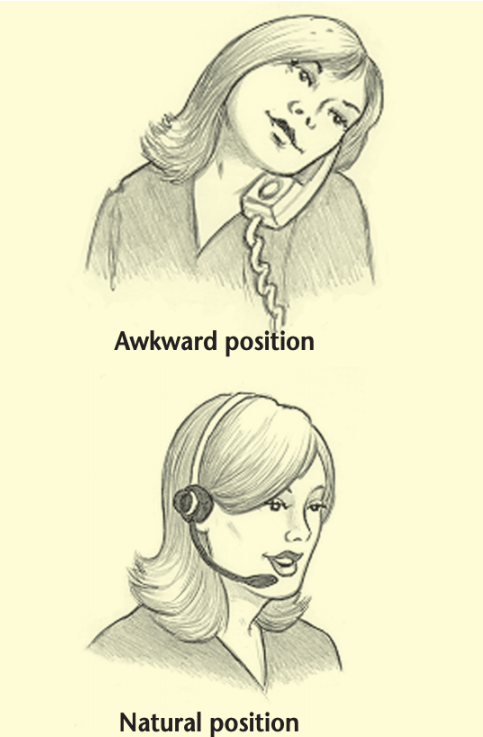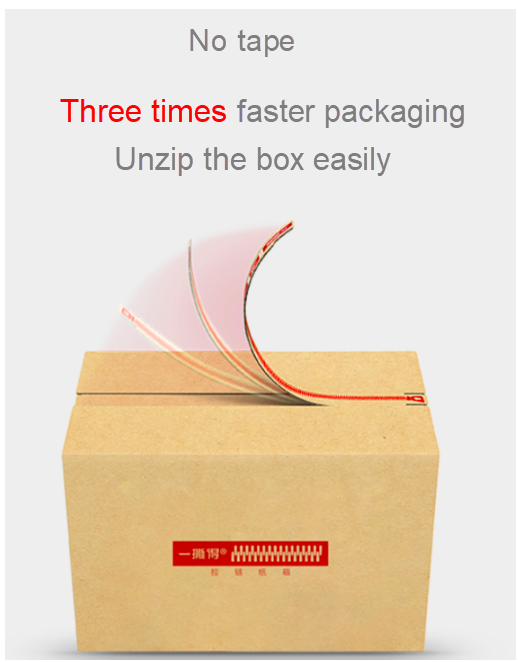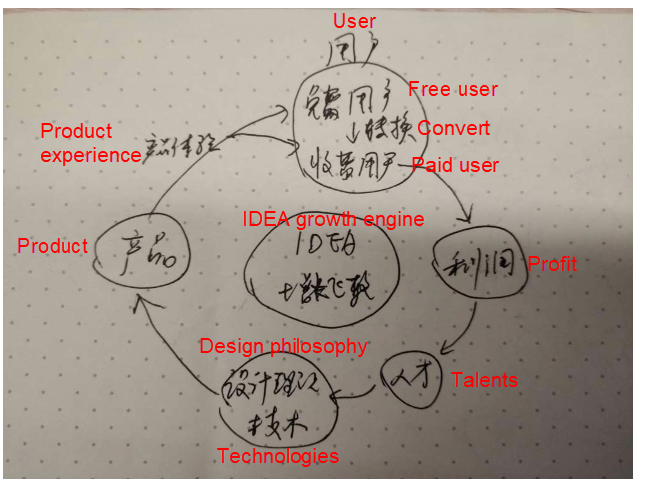[JAVA] The secret to the success of IntelliJ IDEA
This blog post introduces the ** Java ** integrated development environment of ** IntelliJ IDEA ** and discusses the secrets to its success.
- This blog is a translation from the English version. You can check the original from here. We use some machine translation. We would appreciate it if you could point out any translation errors. *
This article was originally posted on Alibaba's intranet by Alibaba's senior technical expert Wu Xiang. Currently, it is released with the permission of Alibaba Middleware.
I recently upgraded the Java IDE from Eclipse to IDEA. During the upgrade process, I researched IntelliJ IDEA and did some research on it. Now that I know why IntelliJ IDEA (commercial) is rated higher than Eclipse (free), I would like to share my personal impressions.
After reading this article, you'll know how important Creative Flow and ergonomics are because they can strengthen you. This article focuses on the following:
--IntelliJ IDEA market share and performance --The secret to the success of IntelliJ IDEA --Two factors that distinguish IntelliJ IDEA from other IDE designers --Use the inspiration of IntelliJ IDEA for your work --Make full use of IntelliJ IDEA to strengthen yourself
IntelliJ IDEA market share and track record
Since 2012, IntelliJ IDEA has grown rapidly. In 2016, it gained a 46% share of the developer market. According to a 2018 survey, IntelliJ IDEA's market share has risen to 55.4%, winning the Java IDE world title. Well-known author, software consultant and speaker Martin Fowler praises IntelliJ IDEA on his blog. In addition, IntelliJ IDEA has achieved 98% customer satisfaction, which is a very high number.

The secret to the success of IntelliJ IDEA
According to global researchers, its success is due to two factors: the characteristics of a successful product and its marketing strategy.
Successful product features
--Intelligent code completion: IDEA is integrated with a proprietary interpreter language for deep static analysis. This is a killer feature that makes coding more intelligent and efficient. --No save button: IDEA provides comprehensive shortcut keys for each feature you want to use. --Outstanding performance: Extremely smooth user experience. --IDEA not only maintains the core plugins, but also provides a great toolkit to consistently provide a great user experience.
Successful marketing strategy
--IDEA beats many competitors by focusing on the product and adhering to "better" design philosophies and principles. ――IDEA has a dedicated marketing team, but its simple and powerful slogan perfectly implements its core marketing logic. Give it a try and if you feel better, try it.
Most of you are already familiar with the features of IDEA. So I'm not going to elaborate on them here. Now let's find out the real reason why IDEA was so successful.
How does IntelliJ IDEA make a difference in the world of IDE design?
In my understanding, the fundamental reason IntelliJ IDEA has become so popular and emerging is that it follows two important design philosophies.
1. Do not release the developer from the flow
All aspects of IntelliJ IDEA are ergonomically designed. IntelliJ IDEA is built on the idea that every minute a developer spends in a flow is a good time, and what drives a developer out of the flow is a bad time. All design and implementation decisions take into account the potential for impeding developer flow and aim to eliminate or minimize it.
Personally, I find this quote very beautiful.
A "creative flow" or simply a "flow" is a state of mind in which you feel evenly synchronized and focused on the task at hand.
When you are in a state of flow, you feel completely absorbed in your activity and you forget time and space. The state of flow is the optimal state of consciousness. According to a McKinsey 10-year study, productivity increases by 500% when in flow.
After learning this design philosophy, we can't help but imagine how great our product would be if we could pull users into and stay in the flow state. Users can perform tasks efficiently, and production efficiency can be greatly improved.
2. Ergonomics
IntelliJ IDEA claims to use ergonomics in the design of IDEA, the "competent and ergonomic IDE for the JVM".
Ergonomics is the discipline of studying ways to increase human comfort and reduce fatigue and discomfort through product design. This concept has become very important in home design and human engineering to increase comfort, increase efficiency and reduce pressure.
Here are two typical examples of ergonomics.
Customer service headset

Without a customer service headset, customer service personnel would have a harder time.
Zipper carton box

The quality and ergonomic zipper design of the Yiside zipper carton box is the best in the industry.
Ergonomic inspiration in software design
--Provide a consistent user experience. --Break complex tasks into simpler tasks. --Split a long sequence into separate steps. ――Because of the limited human memory, the product needs to be properly reminded so that the user is not completely absorbed in the work and disturbed in order to provide the user with valuable assistance. See the fifth article in the bibliography for more information.
If you want to experience ergonomic design, you can understand the meaning of ergonomics by looking at IDEA's design without shortcut keys and save buttons.
Inspiration for our work

Our team believes in IDEA's growth engine: great design concept, extraordinary user experience, open community, community and commercial parallel business model. It is available as a community version of the Apache 2 license and a proprietary commercial version. The evolutionary circle of IDEA is to increase the number of users who have a better product experience and to use the contributions from users to attract people to develop better products. What I learned from IDEA is that products must be subject to human-centered design.
--Flow state: It is necessary to list the user's tasks and keep them in the flow state to eliminate the factors that reduce the efficiency of the user. --Ergonomics: When designing a product, you must carefully consider the scenario in which the product will be used. This is an integrated design similar to the Sterling architecture. Coding is only part of software development. All other factors must be considered comprehensively, including requirements and idea submission, requirements analysis, R & D, product publishing, and commercialization analysis. The ultimate goal is to enable users to comfortably complete their tasks with their products. --Intelligent code completion: Use artificial intelligence to improve user efficiency. IntelliJ IDEA's intelligent code completion feature is a classic example to follow.
Conclusion
We would like to integrate the design concepts of Flow State and Ergonomics into the design of technical products, and we look forward to announcing the results in the near future.
Here I would like to introduce two flow state IDE plugins.
1. Hot code replacement tool: JRebel
A hot deployment plugin that helps developers modify Java files in a running project and dynamically reflect changes in the running project. Click to see details.
2. A must-have development and testing tool: Cloud toolkit
It allows developers to develop, test, diagnose, and deploy applications more efficiently. With this plugin, you can easily deploy your local application to any machine. For more information on Cloud Toolkit, see https://www.alibabacloud.com/help/doc-detail/98551.htm ) Please refer to.
References
1、https://www.javaworld.com/article/3114167/development-tools/choosing-your-java-ide.html 2、https://www.youtube.com/watch?v=Eyy9ddRgMX8 3、http://catalyticcolor.com/scientific-research-about-flow/ 4、https://en.wikipedia.org/wiki/Flow_(psychology) 5、http://ergo.human.cornell.edu/ahtutorials/interface.html 6、https://www.alibabacloud.com/help/doc-detail/98551.htm
About the author
Alibaba Cloud Senior Technical Expert Wu Xiang Wu Xiang has been an architect for the Alibaba Cloud Settlement Platform for many years and is also the founder of the tbbpm workflow engine. Wu Xiang was responsible for commercializing cloud products from scratch. In recent years, I have been in charge of middleware development for Alibaba systems such as stores and details.
- Alibaba Cloud is the No. 1 (2019 Gartner) cloud infrastructure operator in the Asia Pacific region with two data centers in Japan and more than 60 availability zones in the world. Click here for more information on Alibaba Cloud. Alibaba Cloud Japan Official Page *
Recommended Posts